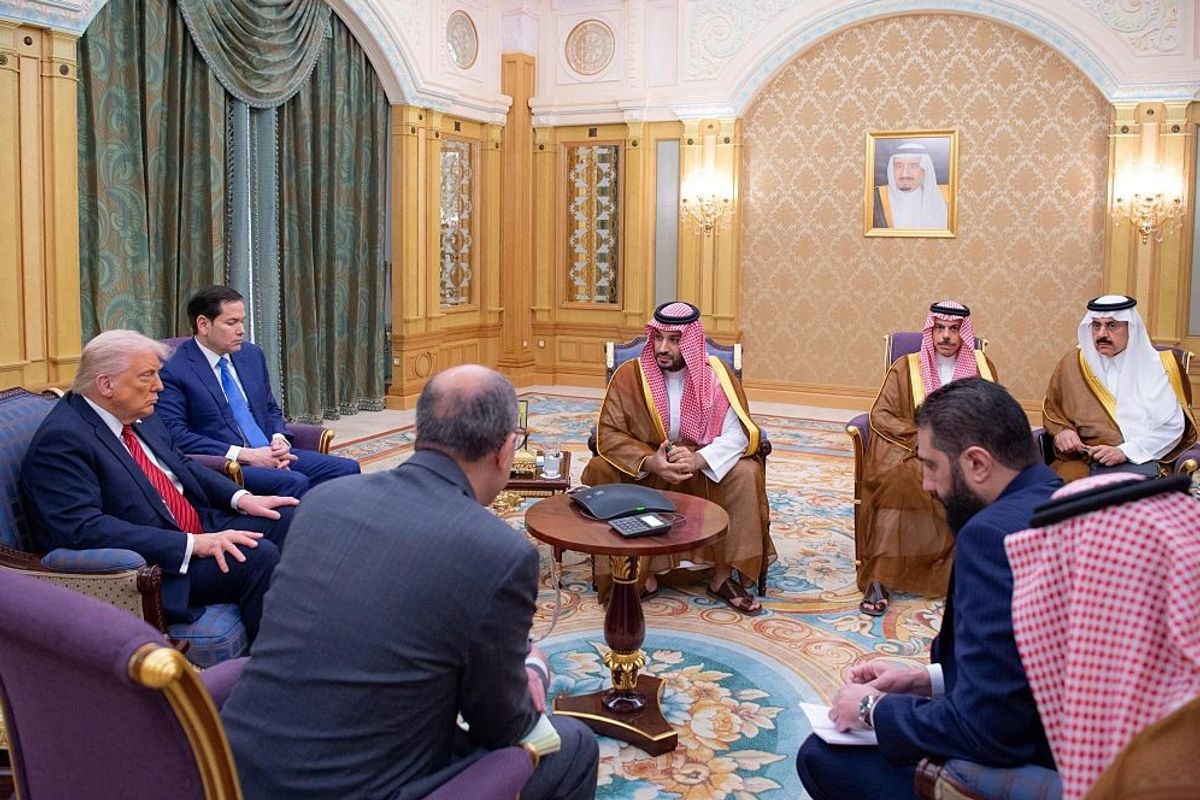Fifteen years ago, 19 hijackers and four planes shattered American illusions of security. An outside attack seemed remote to most Americans, and there appeared to be no immediate threat to their daily lives. September 11th quickly dispelled that sense of safety, and as the dust settled and the death toll rose, the question soon became, how did we miss this?
Unsurprisingly, the onus of that question fell on the U.S. intelligence community (IC), which many blamed for the largest intelligence failure in U.S. history. Fair or not, this accusation began a series of inquiries and reforms which has changed the face of American intelligence. Today, 15 years later, how have these reforms changed the way our IC works, and are we safer?
The reform of the IC only truly began around three years after 9/11, with the landmark Intelligence Reform and Terrorism Prevention Act (IRTPA) of 2004. In response to both the 9/11 attacks and the faulty National Intelligence Estimate (NIE) in 2002 concerning weapons of mass destruction (WMDs) in Iraq, the IRTPA called for a number of key reforms. Most significantly, it established the Office of the Director of National Intelligence (ODNI), which replaced the Director of Central Intelligence’s previous role as both the head of the Central Intelligence Agency (CIA) and the coordinator of all national intelligence.
The IRTPA also established a slew of interagency mission centers designed to synthesize new intelligence priorities, collection efforts, analysis, and operations under one roof – not to mention entirely new agencies like the Department of Homeland Security. These included the National Counterterrorism Center (NCTC) and the National Counterproliferation Center (NCPC). In addition, the ODNI leveraged its new mandate to begin a number of reform initiatives that sought to drill down from high-level organizational restructuring to building cross-agency best practices in four key areas: information sharing, priority setting, human capital, and collection and analysis.
First, in an effort to improve information sharing, the ODNI created partnerships like the Information Sharing Environment (ISE), which was not only intended to integrate sharing between agencies, but also to connect the IC with domestic law enforcement, private sector actors, and foreign intelligence agencies.
Second, in order to align intelligence priorities across agencies, the ODNI instituted products like the National Intelligence Strategy (NIS) to provide an annual strategic picture of where U.S. intelligence collection and analysis needs to focus. The office also established “mission managers” to focus those strategies on certain countries or functional areas.
Third, in order to address human resources shortfalls, intelligence reform legislation authorized a large number of new IC hires, while the ODNI has worked to better develop the skillsets of these employees through programs like the interagency exchange, which rotates IC employees through different agencies.
Finally, since 2004, the ODNI has endeavored to streamline the IC’s collection and analysis of intelligence with a focus on integrating collectors and analysts within the same offices – a process recently demonstrated by restructuring of major departments within the CIA.
Fifteen years later, the practical effect of these reforms is “a mixed bag,” according to General Michal Hayden, former Director of the CIA and NSA and a Cipher Brief expert. The restructuring has certainly improved information sharing, and mission centers like the NCTC have proven to be extremely useful tools. At the same time, hiring practices and interagency exchanges have gifted intelligence agencies with a valuable supply of human capital. “In fact,” observes former CIA National Clandestine Service Director and Cipher Brief expert Michael Sulick, “these ‘hostage exchange’ programs, as we used to call them, have greatly enhanced cooperation.” This kind of capacity building, combined with the hiring push directly after 9/11, has created a large corps of highly experienced and effective mid-level employees.
However, problems do persist. Despite significant progress, notes Hayden, “the DNI continues to have more responsibilities than he has authorities… which perversely contributes to a growth of bureaucratic staff to try to manage things.” In addition, the sheer amount of intelligence collection – especially digital collection – has begun to overwhelm the ability of IC agencies to effectively analyze the material. Many have tried to address this problem through the integration of new technology, specifically by developing “big data” analysis programs or purchasing private sector options like Palantir. However, at the end of the day, more manpower will be required to sift through all this data. For Sulick, “this is particularly true in the case of terrorist use of social media, which has grown exponentially since the rise of ISIS.”
Still, most agree that, fifteen years on from 9/11, the IC has come a long way toward filling the cracks through which the plotters crept. Today, in the age of Edward Snowden, who leaked classified information about NSA surveillance programs, and Wikileaks, the challenge may instead be to rebuild the public trust in a clandestine community that many believe to be overly intrusive. The IC is now bigger, and arguably more effective, than at any time in its history. Most important, it has managed to prevent another 9/11. But, as General Hayden notes, “legitimacy must ultimately come from the concurrence of an informed public.”
Fritz Lodge is an international producer at The Cipher Brief.











